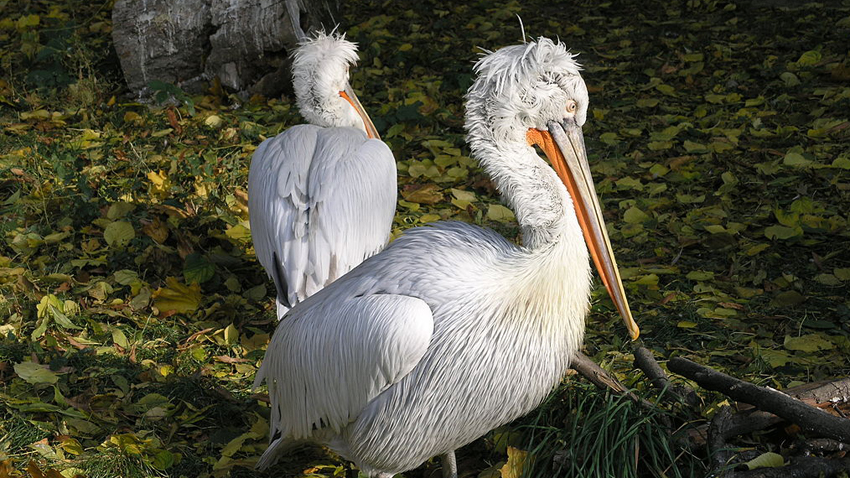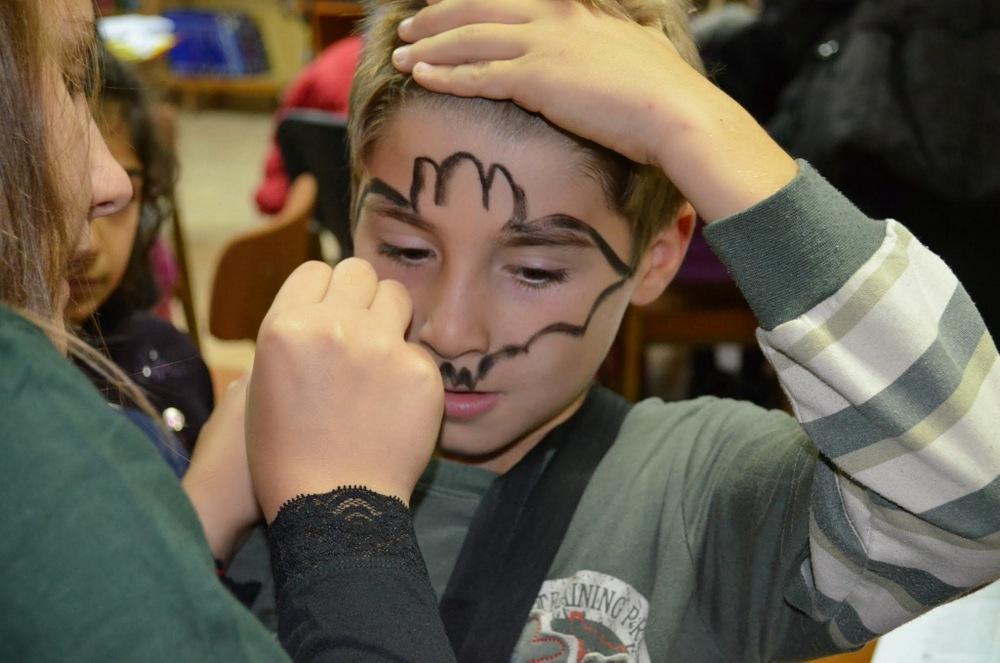People tend to look at the sky in spring and autumn, watching the large flocks of birds that fly to the South. Many fans of nature spent once again the first weekend of October, observing migrating birds. The event was traditionally organized by the European and Central Asian branches of BirdLife International. The greatest number of events – 150, were organized in Holland. Switzerland saw this year the greatest number of participants: 5,334, while Holland observed no less than 1,052,681 birds. Eleven Bulgarian cities and towns held bird observations.
 “Nearly 2,000 birds from 70 different species have been spotted,” said for Radio Bulgaria Teodora Petrova from the Bulgarian Society for the Protection of Birds /BSPB/. My colleagues registered the greatest numbers of black-headed gulls, great cormorants and western jackdaws. Now it’s the migration period, so many interesting species can be seen. However, we had more observations in previous years, perhaps due to the fact that it is quite chilly now and many birds have obviously hurried to the South. Still, their number is not that important, but rather the possibility to tell the people on the wonder of migration, on the problems birds face nowadays because of intensive human activities. We have to tell people how they can really change things with little money and modest involvement. For instance – a birdhouse placed or a feeding trough in the winter, which can help birds around in their struggle to survive…”
“Nearly 2,000 birds from 70 different species have been spotted,” said for Radio Bulgaria Teodora Petrova from the Bulgarian Society for the Protection of Birds /BSPB/. My colleagues registered the greatest numbers of black-headed gulls, great cormorants and western jackdaws. Now it’s the migration period, so many interesting species can be seen. However, we had more observations in previous years, perhaps due to the fact that it is quite chilly now and many birds have obviously hurried to the South. Still, their number is not that important, but rather the possibility to tell the people on the wonder of migration, on the problems birds face nowadays because of intensive human activities. We have to tell people how they can really change things with little money and modest involvement. For instance – a birdhouse placed or a feeding trough in the winter, which can help birds around in their struggle to survive…”
Some really rare specimens have been observed this year, as Bulgaria is among the richest European countries with nearly 430 bird species, many of those being rare or endangered.
“Dalmatian pelicans, ferruginous ducks, white-tailed eagles and Euroasian spoonbills were among the endangered species observed. People along the Black Sea coastline had special opportunities for thrilling experiences. Some of the initiatives took place in the Poda protected area near Burgas, where the greatest number of birds per unit area in Europe can be found. Fans of nature managed to observe really interesting things there…”
 Autumn is the time when some other flying creatures need attention, though they are much more mysterious. Marked for a first time in France and Poland back in 1990, today the European Bat Night is organized in more than 30 countries, Bulgaria among others. We are talking here of a series of bat nights in September and October, aiming to show the unique life and great significance of Batman’s prototypes.
Autumn is the time when some other flying creatures need attention, though they are much more mysterious. Marked for a first time in France and Poland back in 1990, today the European Bat Night is organized in more than 30 countries, Bulgaria among others. We are talking here of a series of bat nights in September and October, aiming to show the unique life and great significance of Batman’s prototypes.
Bulgaria is the country with the greatest diversity of bats in Europe – 35 out of 37 species, existing on the continent can be found here. The Devetashka Cave hosts the third most significant bat colony in Europe with around 40,000 specimens. However, the Bulgarians still know few things on these flying mice, says Nia Toshkova from the Bat Research and Conservation Center at the National Museum of Natural History with the Bulgarian Academy of Sciences. That is why most of the events, related to the European Bat Night here are targeted at children. Scientists create along with kids bat origami, they draw their faces like bats, they prepare cookies  with the image of Batman… However, bats are not favorite to children, as they are not the Teddy bear type, but a photo close-up shows that actually the flying mice are quite puffy and nice, which makes the kids change their attitude. Nia goes on to say that there are many curious facts about bats, which are still unknown. What are those?
with the image of Batman… However, bats are not favorite to children, as they are not the Teddy bear type, but a photo close-up shows that actually the flying mice are quite puffy and nice, which makes the kids change their attitude. Nia goes on to say that there are many curious facts about bats, which are still unknown. What are those?
“Bats eat enormous amounts of insects and the quantity of pests in agriculture is regulated this way for instance. Few people know that there are bats, pollinating plants. Bats pollinate the cocoa plant and our chocolate pleasures are due to them actually. Fans of tequila can find it interesting to know that the blue agave plant, which is the source of the drink, is also pollinated by bats.”
There are many prejudices, related to the grey flying bats, accused of vampirism. However, only 3 out of the 1,300 existing species feed on blood. “We don’t have any of those in Bulgaria, but the three species mentioned are not so scary, as they only take a few drops of blood from cattle,” Nia Toshkova points out.
English version: Zhivko Stanchev
Photos: wikipedia.org and personal archiveAn exhibition in the National Assembly in Sofia traces the life and work of Exarch Stefan I of Bulgaria – a cosmopolitan figure who went down in history as a champion of the distance of priests from political life, as well as for his..
One step forward, two steps back. This has been of the dance of Bulgarian-Serbian relations, according to Darko Anachkov, chairman of the only Bulgarian organization in the city of Vranje. In an interview with Radio Bulgaria, he..
Women's working conditions in Bulgaria are among the worst in the EU, with the country ranking 17th with a score of 7.25 out of 10 possible. The result is due to the small number of women in management positions, according to an analysis by the..
More than 150 Trabants and other collector cars from the past will parade through the streets of Veliko Tarnovo today for the 14th edition of the Trabant..
The international culinary competition "Cupid's Spoon" will be held in Bulgaria for the third consecutive year. The culinary contest has a mission-..
The Climate, Atmosphere and Research Institute at the Bulgarian Academy of Sciences (CAW RI-BAS) is organizing a conference and celebratory event..

+359 2 9336 661
